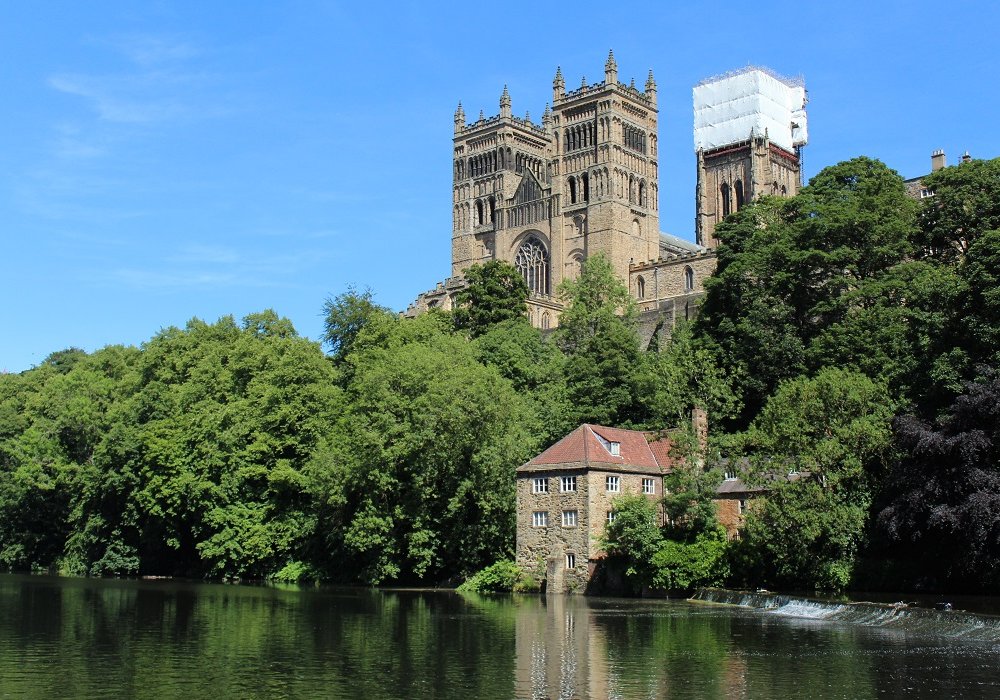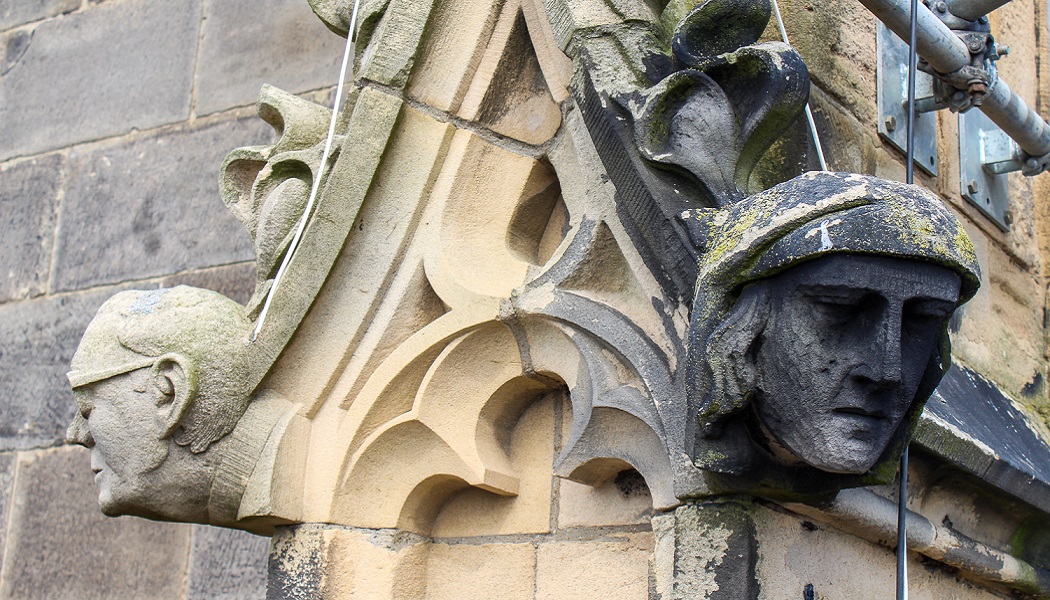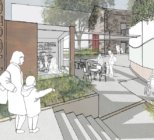I have drawn hope over the last weeks from the fantastic way the heritage sector has moved to help people connect with the places they love.
The flood of images and live-streamed events on social media and the take-up of the hashtag #heritageathome has quickly built momentum. Concerts have been broadcast from treasured historic venues and moving virtual services held over the Easter weekend. This breadth of access to our heritage didn’t exist weeks ago and will change in how we interact with heritage buildings when we emerge from lockdown. But the evolution in our relationship with heritage will far outlast this period of isolation.
A recent statement from Unesco sums up why there is so much interest in heritage right now: “At a time when billions of people are physically separated from one another, culture brings us together. It provides comfort, inspiration and hope at a time of enormous anxiety and uncertainty.” These shared connections we form through heritage buildings are also intrinsic to our sense of belonging and identity.
Virtual tours are allowing us to make new connections; expanding our connections even while locked down. I have never visited Taliesin West, but in the next couple of days I will be able to go on a virtual tour organised by the Frank Lloyd Wright Foundation.
Just as these virtual connections are vital for our wellbeing, they are also crucial promotion for buildings which are now closed and their staff furloughed. Now, their future depends on people discovering and experiencing these places and raising public awareness – all via the internet.
These experiences will undoubtably alter how we interact with each other and the world around us. This time of global crisis has tested the connections we all have; whether with people, places or memories, and has reinforced the importance of those connections which matter most. I have probably spoken to more people over the last three weeks than the three weeks beforehand, and that has been a source of great comfort. On the flipside, we have found that this isn’t an equivalent alternative to face to face contact.
For heritage, this means the places we will most want to connect with in the near future are those that we connect with emotionally. Most frequently these are the places where we can come together.

The other aspect we’ll seek out is authenticity: how real the connection feels. Authenticity is a slippery word with historic places, and most of us in the heritage field generally skirt around it. After all, isn’t all experience authentic? But what I mean here is the depth and tangibility of the connection. This authenticity can only live in the original fabric, and I expect that now the preservation of historic fabric will come into sharper focus and be more highly prized, as well as the need to make our historic places even more accessible – physically, emotionally and socially. This applies as much to pubs, village halls and bandstands as it does our great cathedrals and palaces.
Interestingly, some of our best-loved heritage buildings were designed in the aftermath of crises, with a specific agenda to inspire hope. Often these buildings aim to bring people together by encouraging openness, connections and shared experience. The Festival Hall on the Southbank is a perfect example, with its upper ground floor working as a public space that it both open and democratic. It was built in 1949 when the country was looking to a new tomorrow; where architecture could reflect and influence a better and more modern vision of society.
A recent example from our portfolio at Purcell is Kresen Kernow in Redruth, Cornwall. Here we transformed a derelict brewery into a new archive and local studies centre for the region as part of the regeneration of Redruth and the Cornish Mining World Heritage Site. The site has moved from dereliction to a celebration of the past and an essential component of a bright future.
As we emerge from lockdown, the communal value of our historic places can allow us to re-connect with each other and our shared past in a way that looks forward together, optimistically. For now, let’s stay in touch with our heritage, and each other, online.










